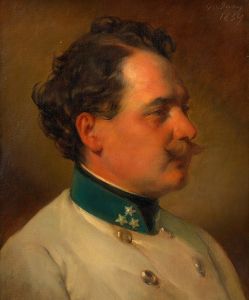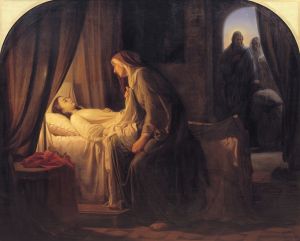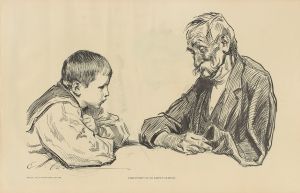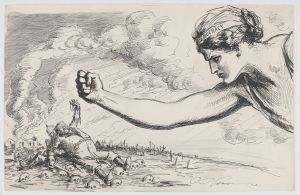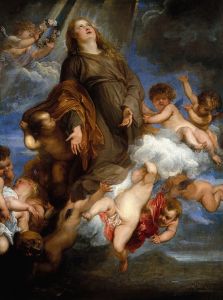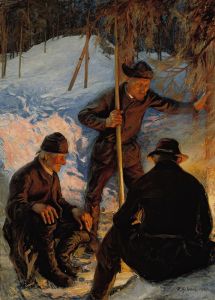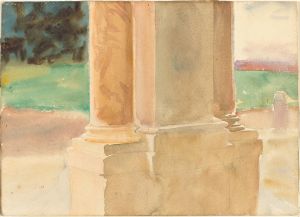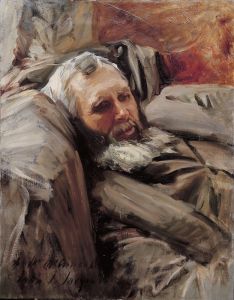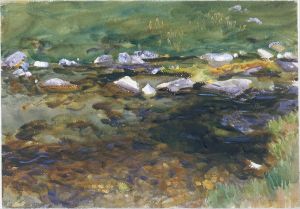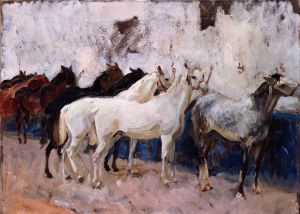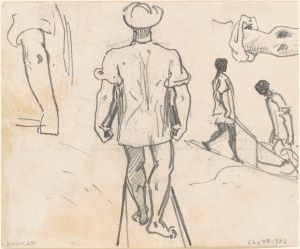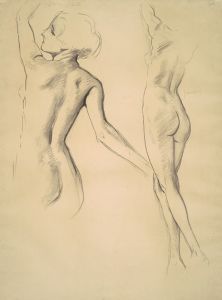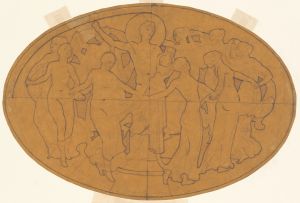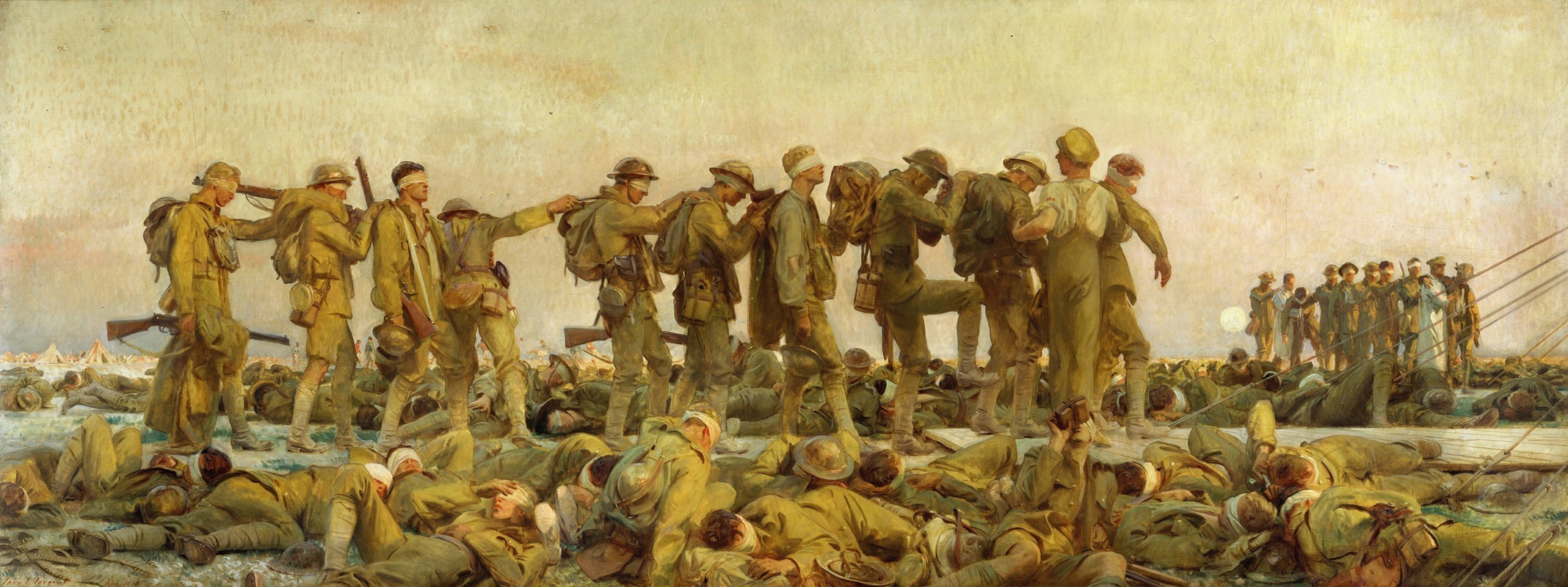
Gassed
A hand-painted replica of John Singer Sargent’s masterpiece Gassed, meticulously crafted by professional artists to capture the true essence of the original. Each piece is created with museum-quality canvas and rare mineral pigments, carefully painted by experienced artists with delicate brushstrokes and rich, layered colors to perfectly recreate the texture of the original artwork. Unlike machine-printed reproductions, this hand-painted version brings the painting to life, infused with the artist’s emotions and skill in every stroke. Whether for personal collection or home decoration, it instantly elevates the artistic atmosphere of any space.
"Gassed" is a large oil painting completed in 1919 by the American artist John Singer Sargent. The painting was commissioned by the British War Memorials Committee to commemorate the role of the British forces in World War I. Sargent, who was known for his portraiture, was asked to contribute a work that would capture the impact of the war.
The painting depicts a line of soldiers who have been blinded by exposure to mustard gas, a chemical weapon used during the conflict. The scene is set on the Western Front, and the soldiers are shown being led by an orderly towards a medical station. The figures are arranged in a single file, each holding onto the shoulder of the man in front of him, creating a poignant and somber image of the effects of chemical warfare.
In the background, other soldiers can be seen playing a game of football, providing a stark contrast to the suffering of the gas victims in the foreground. This juxtaposition highlights the resilience and camaraderie of the soldiers despite the horrors they faced. The sky is painted in a muted palette, adding to the overall somber tone of the piece.
Sargent visited the front lines in 1918, and the experiences he had there deeply influenced his work on "Gassed." He witnessed the aftermath of a mustard gas attack, which left a lasting impression on him and informed the realistic and harrowing depiction in the painting. The use of mustard gas was a significant and controversial aspect of World War I, causing severe injuries and suffering among soldiers.
The painting measures 231 cm by 611 cm (approximately 7.5 feet by 20 feet), making it one of Sargent's largest works. It was first exhibited at the Royal Academy of Arts in London in 1919 and received widespread acclaim for its powerful portrayal of the war's impact on soldiers. Today, "Gassed" is part of the collection of the Imperial War Museum in London, where it continues to be a significant and moving reminder of the human cost of war.
Sargent's "Gassed" is considered one of the most important works of art to emerge from World War I. It captures the physical and emotional toll of the conflict on those who served, and its detailed, realistic style brings the viewer face-to-face with the grim realities of war. The painting remains a poignant and powerful piece, reflecting both the horrors of chemical warfare and the enduring spirit of the soldiers who endured it.





